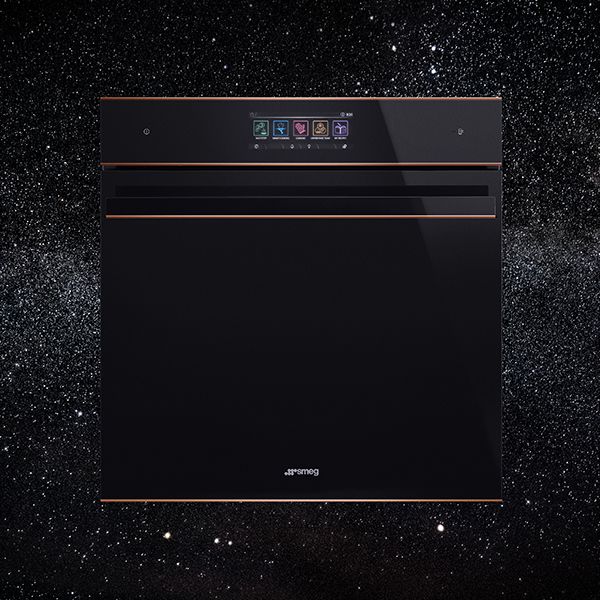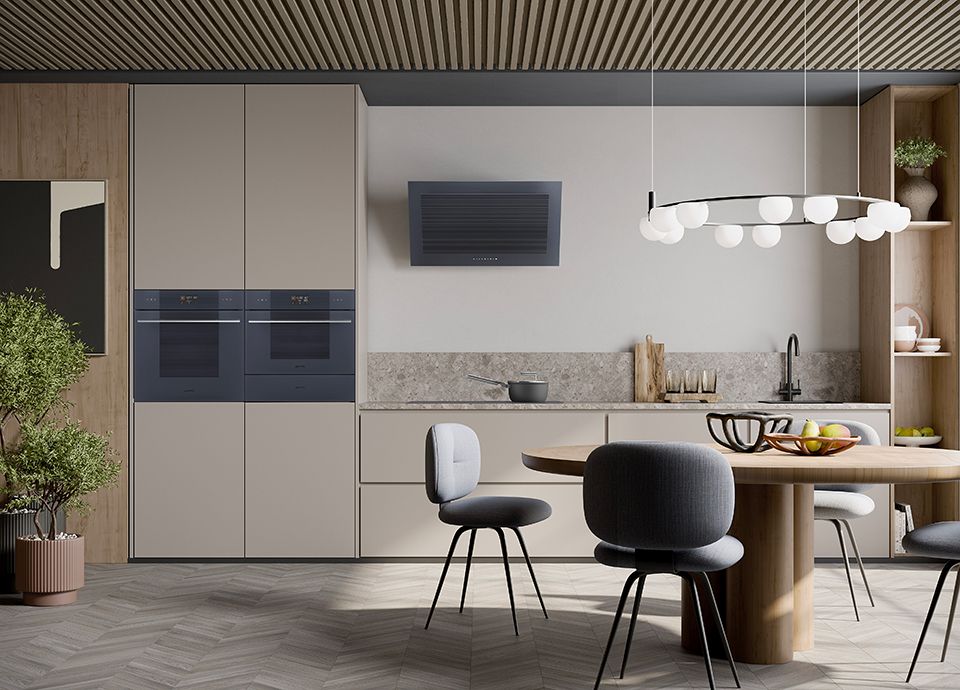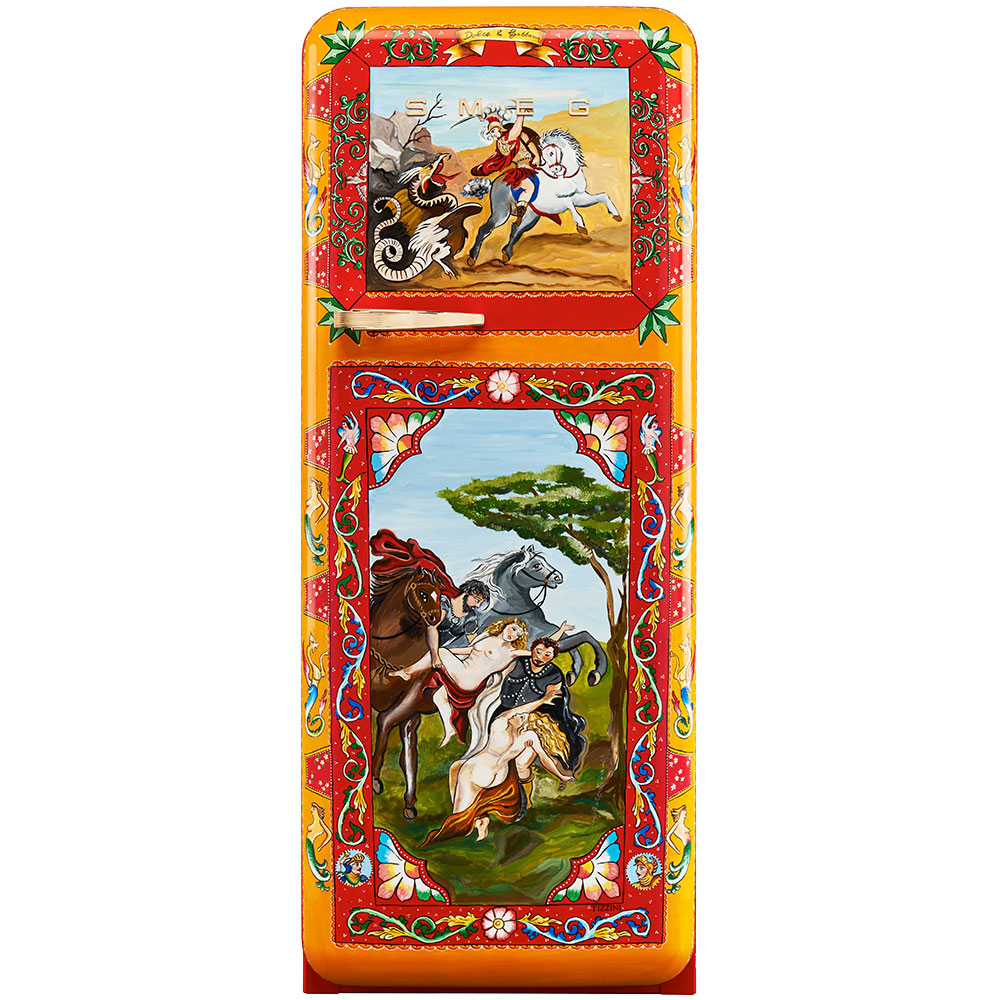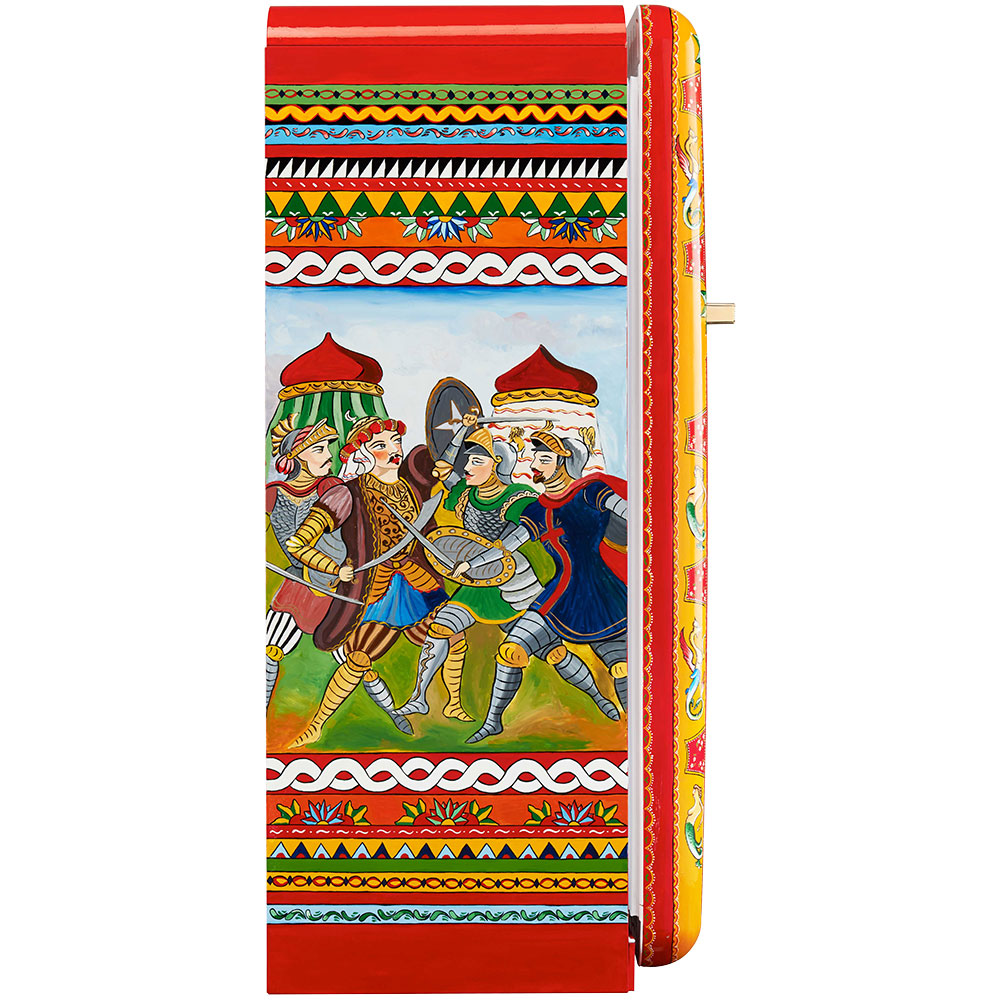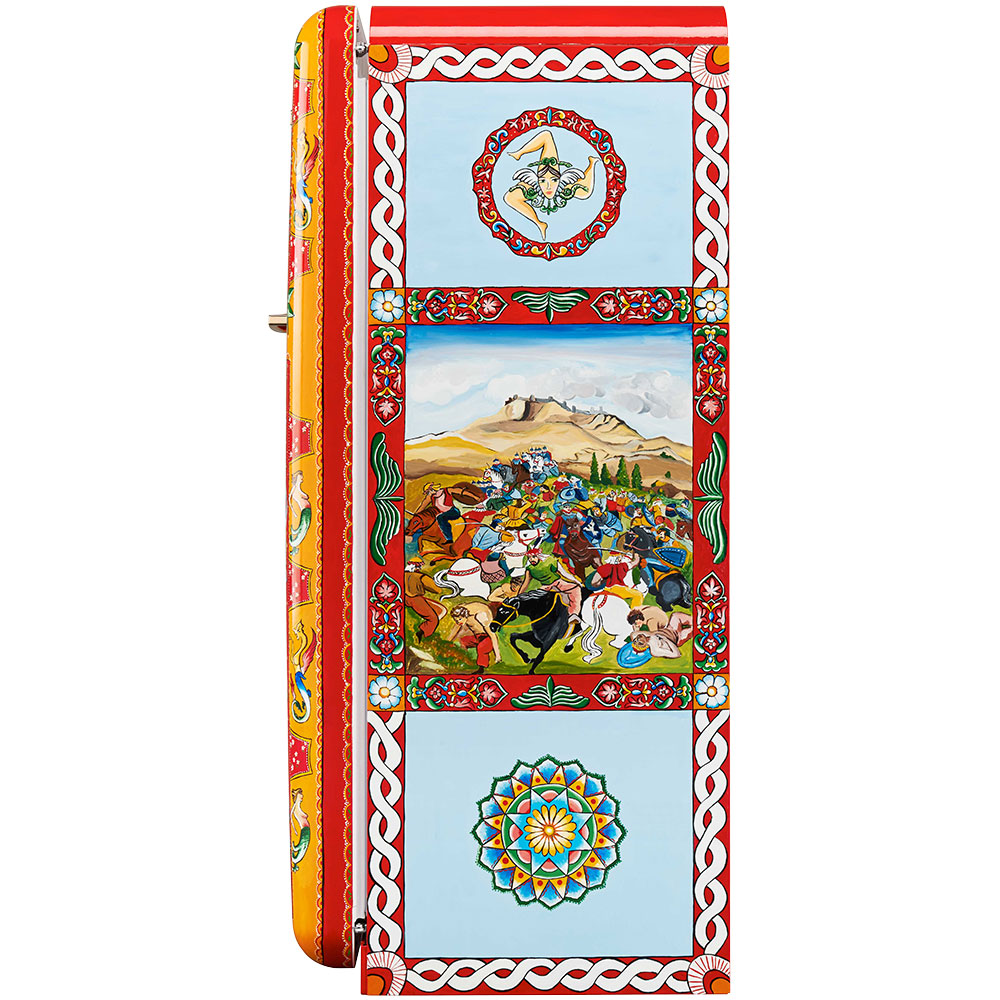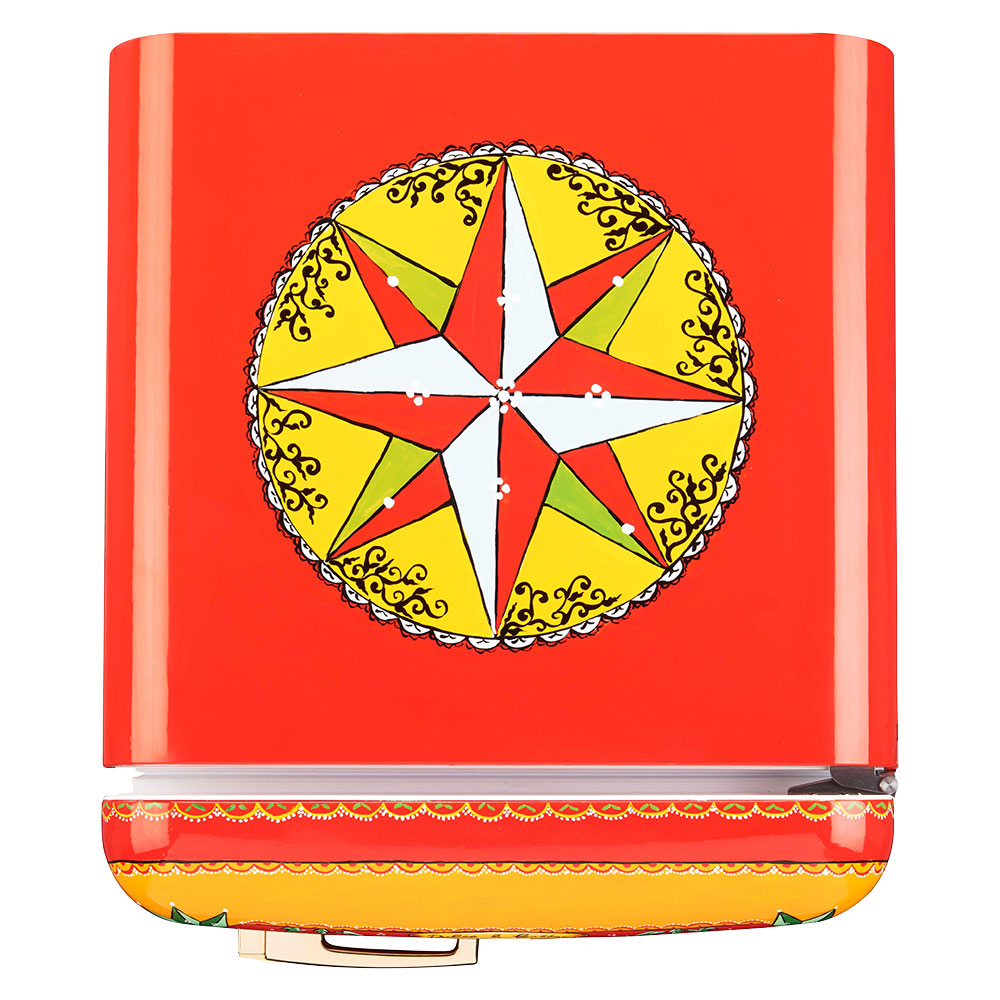invisible
-
GROTE KEUKENTOESTELLEN
See more
- Bekijk alle grote keukentoestellen
- separator
-
Ovens
See more
-
Kookplaten
See more
-
Dampkappen
See more
- Fornuizen
- Microgolfovens
- Koffiemachines
- separator1
- "50's style" koelkasten
- Koelkasten
- Diepvriezers
-
Wijnklimaatkasten
See more
- Blast chillers
- Lades
- separator2
- Wassen en drogen
-
Vaatwassers
See more
-
Kranen
See more
-
Spoelbakken
See more
- separator3
- SmegConnect
- separator4
- Accessoires
- Homecare
-
KLEINE KEUKENTOESTELLEN
See more
- Bekijk alle kleine toestellen
- separator
-
Broodroosters
See more
- Citruspersen
-
Waterkokers
See more
- separator1
- KOFFIE
-
Espresso koffiemachines
See more
- Koffiezetapparaat
- Koffiemolens
- Melkopschuimers
- separator2
- Bruiswatertoestel
- separator3
- Handblenders
- Blenders
-
Keukenrobots
See more
- Handmixer
- separator4
- Vrijstaande inductiekookplaat
- Vrijstaande combi-stoomoven
- Digitale keukenweegschaal
- separator5
-
Kookgerei
See more
- Messenblok
- separator6
- Accessoires
- separator7
- La Pavoni
-
SPECIAL EDITIONS
See more
-
DESIGNLIJNEN
See more
-
INSPIRATIE
See more
Zoeken
Search for the products
Enter at least 3 characters


